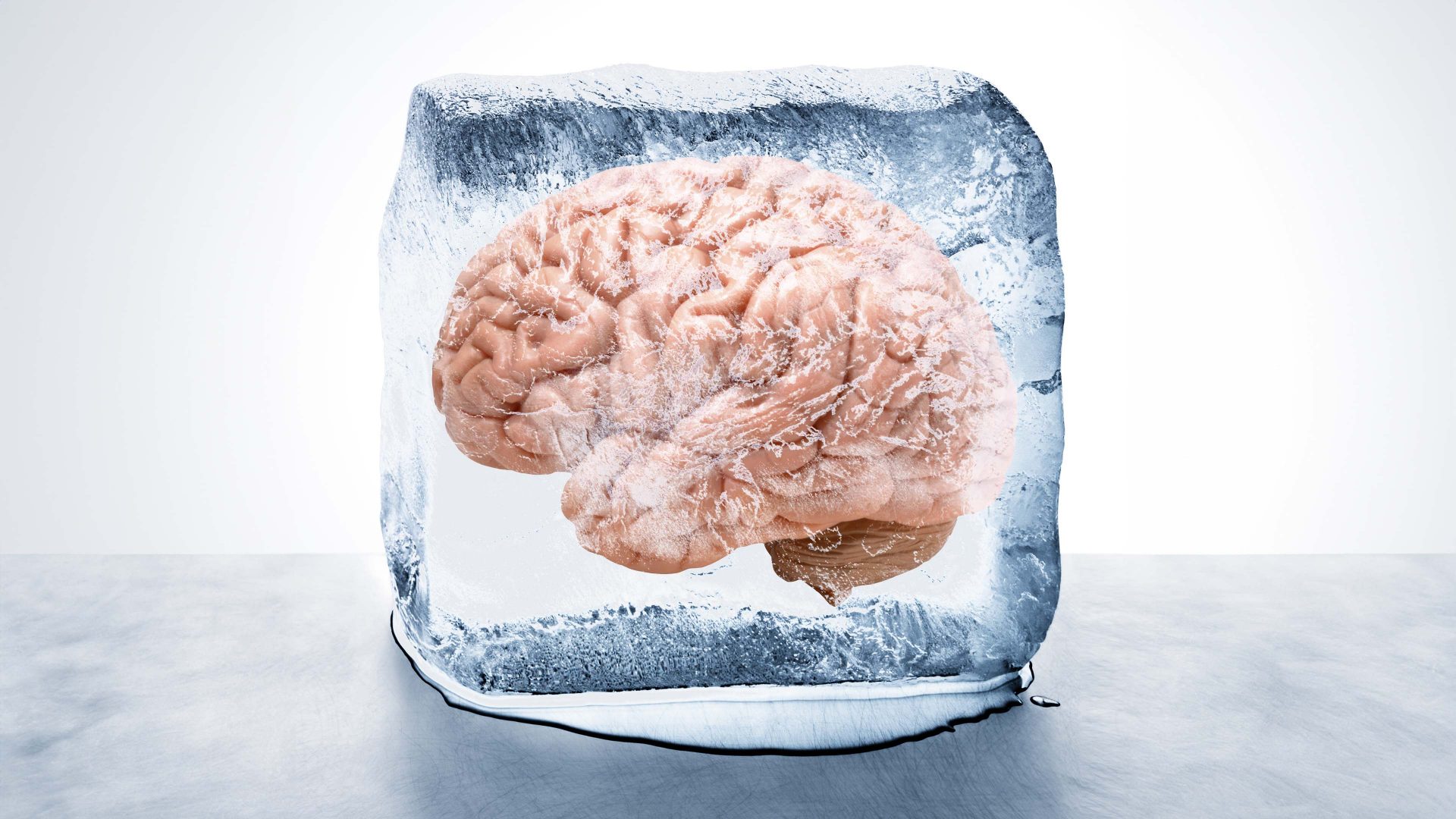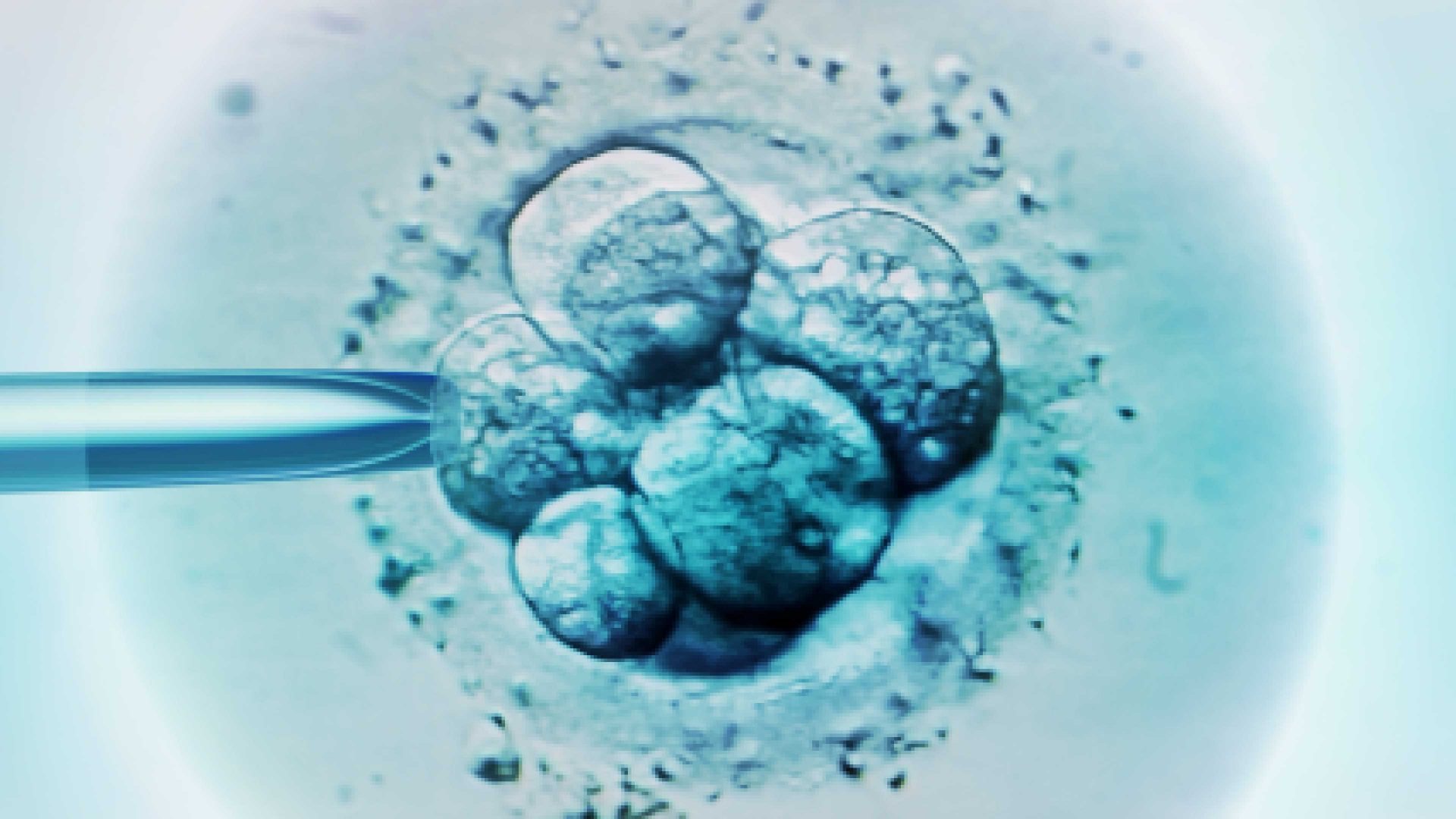There’s a scene in Woody Allen’s Annie Hall (1977) where Alvy Singer picks up a copy of Ernest Becker’s The Denial of Death (1973). “That’s pretty serious stuff,” says Alvy’s girlfriend, Annie. “Well, you know, I’m obsessed with death,” Alvy replies.
Becker was given the Pulitzer Prize for the book in May 1974. Ironically, the American cultural anthropologist did not live to receive his prestigious award. That March, he died of colon cancer. “[Death] is a terrifying dilemma to have to live with,” Becker wrote in the book that secured his fame for posterity.
Venkatraman “Venki” Ramakrishnan views human mortality in similar terms. “The knowledge of death is so terrifying that we live most of our lives in denial of it,” the molecular biologist writes in Why We Die.
Yet the denial seems to be stronger than ever, as biotechnology companies financed by technology billionaires seek to slow down, or even stop, the ageing process and its inevitable consequence.
Ramakrishnan’s book sets out to explain the ageing process by stripping it down to its fundamental material components. “All living systems are made up of cells, and ageing begins at the cellular level,” he explains.
The 72-year-old scientist oversees the Ramakrishnan Lab at the Medical Research Council’s Laboratory of Molecular Biology, in Cambridge. “Cells communicate with one another to make us sentient individuals, but when they no longer work together as a coherent unit, we die.”
Ramakrishnan compares the cell and its interconnecting parts to a vast, ever-expanding metropolis. “A cell is a complex system, where many different things have to work together,” he explains. “Most of our cells contain the same entire set of genes, known collectively as our genome.”
A genome is the complete set of genetic information in an organism, which provides all of the information the organism requires to function. The genome is stored in long molecules of DNA called chromosomes. Each gene is a section of our DNA – stored in the form of chromosomes in the nucleus, the specialised compartment that encapsulates genetic material in our cells.
“The collection of genes in us is a highly democratic and responsive command and control centre,” Ramakrishnan explains. “Ultimately, that set of information resides in our DNA, which [provides] the information to create another cell or an entirely new organism, even after the original carrier of that information has died.”
How our body regulates the production and destruction of proteins is fundamental to how human beings age over time, Ramakrishnan explains: “Proteins give the body form and strength to carry out the chemical reactions that are essential for life.”
Ramakrishnan was still a teenager when he qualified with a degree in physics at the Maharaja Sayajirao University of Baroda, in Gujarat, India. In 1971, he moved to the United States to pursue a PhD in physics at Ohio University, subsequently making a transition from physics to biology. The ambitious scientist spent the next three decades at various laboratories and universities across the United States.
At the turn of the millennium, Ramakrishnan joined the LMB in Cambridge, which has produced a dozen Nobel prizewinners, including James Watson and Francis Crick: the two molecular biologists who in 1953 discovered the three-dimensional structure of DNA.
Ramakrishnan joined that prestigious list in 2009, when (with Thomas Steitz and Ada Yonath) he was jointly awarded the Nobel Prize in chemistry for studies of the ribosome, a complex molecular machine found inside living cells that carries out the complicated process of reading mRNA (a single-stranded nucleic acid that is transcribed from a DNA template) to synthesise a protein.
In 2015, Ramakrishnan was elected president of Britain’s Royal Society, the world’s oldest national scientific society. “I’m an outsider who didn’t grow up in Britain, and I certainly didn’t know much about the British establishment, but then suddenly I was thrust into the middle of it,” says Ramakrishnan, who was knighted in 2012 by Queen Elizabeth II for his contributions to molecular biology.
The longest-reigning monarch in British history was 96 years old when she died of old age in September 2022. What was the secret to her longevity? In Why We Die Ramakrishnan asks that same question about Jeanne Calment, who was 122 when she died in Arles, southern France, in 1997. For many decades, Calment smoked and drank port every day. And yet, she still holds the official record for the world’s longest-living human.
Perhaps there was something in the French woman’s genetic disposition that made such a lifestyle possible, Ramakrishnan suggests. “Researchers are presently sequencing the genome of these very long-lived individuals to see if there is some characteristic – genetic traits – they have in common that might explain their longevity.”
Ageing is a complicated process. Is there a way to fend off some of its more aggressive and dangerous ailments, such as inflammation, which can lead to aches, pain, disease and, ultimately, death?
Avoiding stress if possible, plus a moderate diet (of mostly plant-based food), combined with regular exercise, and sleep, is a good starting point, Ramakrishnan points out. In the last decade, 300,000 articles on ageing have been published in the global scientific community. The anti-ageing industry is big business, too.
Presently, there are approximately 700 biotech companies focused on tackling ageing and longevity that are said to have a combined market cap of at least $30bn (£23.3bn).
Altos Labs is among them. Its main area of research focuses on the reprogramming of cells to reverse the effects of ageing.
The company was founded two years ago, with an initial investment of $3bn. Some of that capital was put up by the Russian-born Israeli tech investor, Yuri Milner. The rest came from other wealthy tech billionaires including, allegedly, the world’s second-richest individual, Jeff Bezos. Ramakrishnan claims this large influx of money into the anti-ageing industry from tech billionaires – most of whom made their fortunes in the software industry – is “distorting priorities”.
Many of them underestimate the complexity of ageing, Ramakrishnan claims. They see it as “just another engineering problem to be solved by hacking the code of life”.
It has led some anti-ageing companies to misrepresent the purpose of various nutritional supplements, the scientist claims.
Take nicotine mononucleotide (NMN), for example. The benefits of taking NMN in humans is not yet definitive, nor are the side-effects. Still, this has not stopped it from being heavily marketed as anti-ageing nutraceuticals. Global sales of NMN presently register at around $280m annually and are forecast to reach almost $1bn by 2028.
“Some of these [anti-ageing] nutritional supplements have not gone through human clinical trials,” Ramakrishnan explains. “And yet they are being sold on the [global] market, because as nutritional supplements, they don’t need approval from [the US health agency] the FDA.”
Bryan Johnson regularly posts about anti-ageing supplements on Instagram, where he has more than 800,000 followers. The quirky venture capitalist, who defines himself as “that crazy guy trying not to die”, is believed to spend around $2m a year on his strict anti-ageing regimen.
Last year, Johnson took part in a series of multigenerational blood exchanges in a wellness clinic in Texas. First, Johnson transfused with blood from his 17-year-old son, then he donated his own blood to his father. The experiment eventually came to a halt because Johnson didn’t see enough benefits.
This union between two living organisms that share a common vascular system is known as parabiosis. It has a long history, with some experiments dating back to the 19th century. The field was resuscitated in the early 2000s, however, when scientists at Thomas Rando’s lab at Stanford University in California began pairing old and young mice, so that their blood systems were connected.
Some evidence from these experiments suggested that there were factors in young blood that could possibly be beneficial for reducing the symptoms of ageing. It’s now a major area of scientific research. It remains a work in progress, with no definitive results. But that hasn’t stopped spending on it by those in the anti-ageing industry with big wallets.
“As soon as young blood in mice was shown to be [somewhat] beneficial, there were several companies that began selling blood plasma from young donors to rich people who would pay for them,” Ramakrishnan explains. “It’s bizarre because there were no [human] clinical trials. It’s one of countless examples where these tech billionaires – many of whom are obsessed with human longevity – go to extreme measures to try to slow down the ageing process.”
One of those extreme measures is the ongoing attempt by a prominent lobbying movement within the anti-ageing industry to have ageing classified as a disease. Typically, medical scientific research whose end goal is fighting a disease are more likely to get official approval for human clinical trials.
“This push to get ageing labelled as a disease is an odd feature of the field,” says Ramakrishnan. “The World Health Organization (WHO) and the FDA don’t consider ageing to be a disease, nor do I, since ageing is inevitable and universal.”
The idea that man – or woman – and machine have the potential to merge was once seen as a daft dystopian science fiction fantasy, popularised by Hollywood movies like Blade Runner (1982), The Terminator (1984) and RoboCop (1987). But transhumanism now has a loyal allegiance of cult followers across the globe, as Mark O’Connell pointed out in To Be a Machine (2017).
The Irish author’s award-winning book made a convincing argument that transhumanism is an outpost not just of American culture, but specifically of Californian culture. It contains interviews with leading members of the transhumanist movement, including Max More, one-time CEO of Alcor, a cryopreservation facility near Phoenix, Arizona. Cryonics is based on the premise of people being frozen immediately after death, with the idea of defrosting them when a cure has been found for whatever killed them.
Ramakrishnan says “there is not a shred of credible evidence that human cryogenics will ever work”. By the time a technician can infuse the body, minutes or even hours may have elapsed since the moment of death, he explains. At that stage “each cell in the deceased person’s body is undergoing dramatic biochemical changes and so this is not the state of a live human being”.
Still, many tech gurus have expressed more than a passing interest in being cryopreserved, including the world’s richest man, Elon Musk; cofounder of PayPal, Peter Thiel; and former director of engineering at Google, Ray Kurzweil, who claims that by 2045 our species will reach the singularity where machines will become more intelligent than all humans combined.
Ramakrishnan remains sceptical. The quest for life extension, either on our own planet, or elsewhere, is akin to an egomaniac chasing a mirage, he says. Better, then, to make each day count and accept the cycle of life.
“Millions of our cells die every day,” Ramakrishnan concludes. “We are not even aware of this happening. So even if we as individuals die, our society and indeed life on Earth will go on regardless.”
Why We Die is published by Hodder Press



